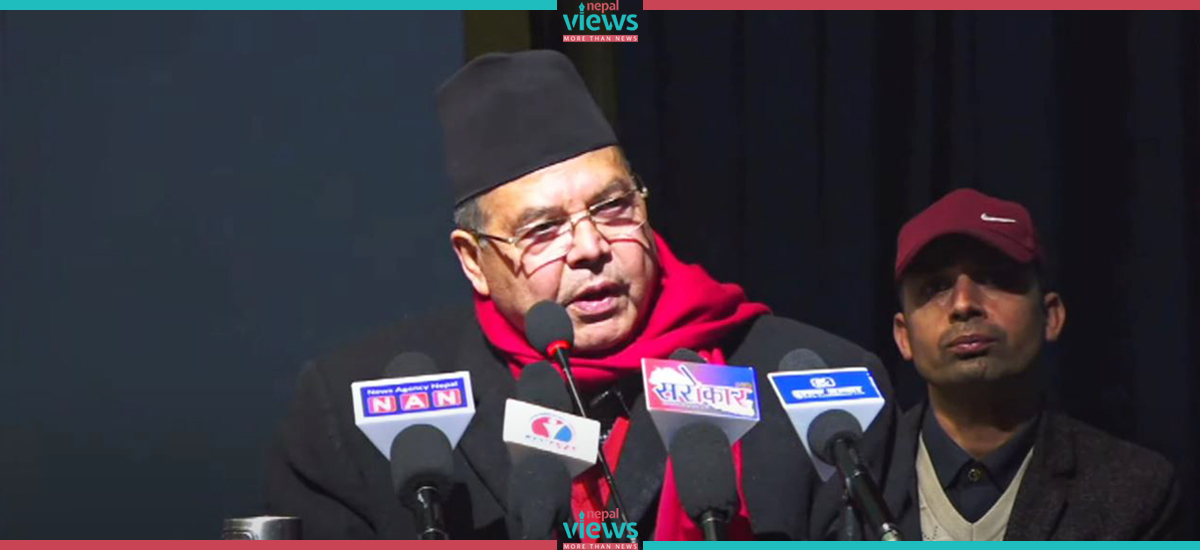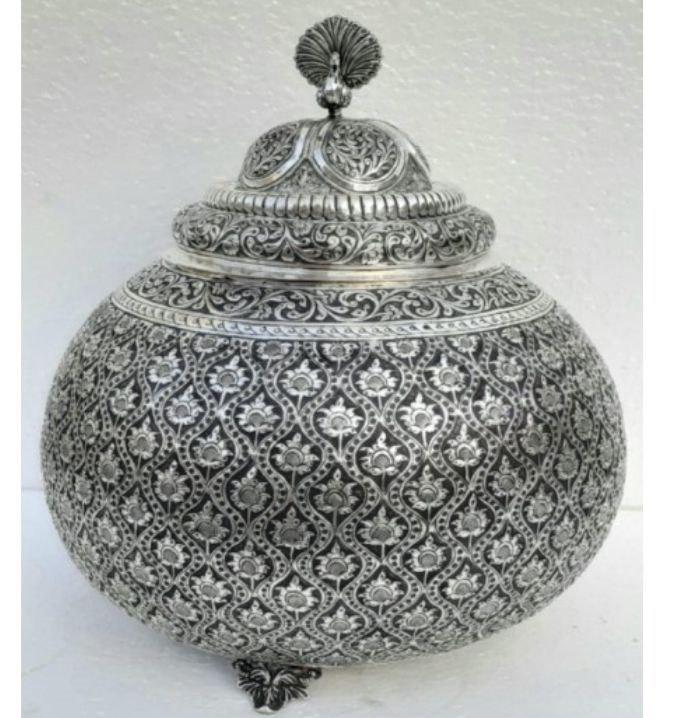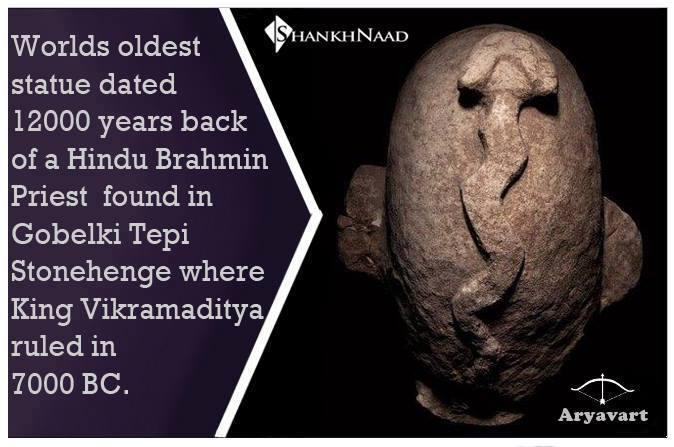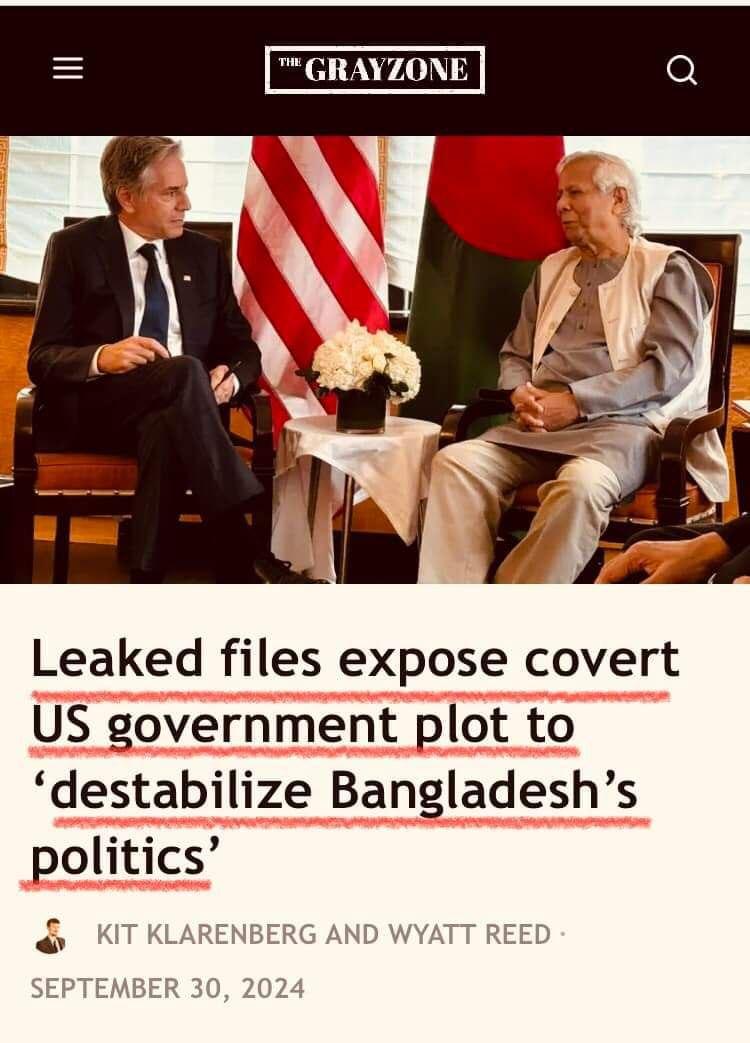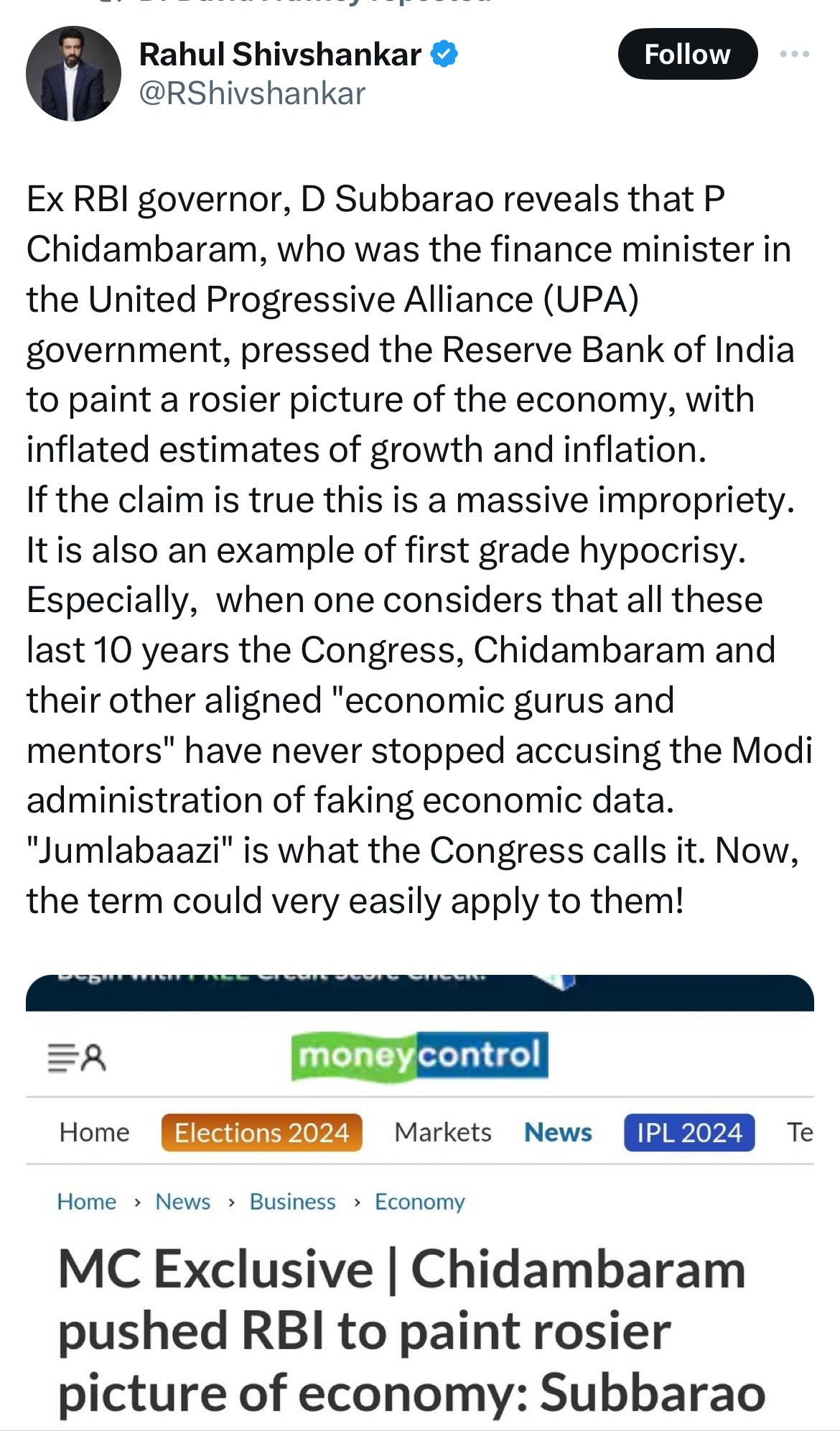HOW WEST BENGAL WAS DESTROYED:
“West Bengal has been on a decline ever since 1963, when Chief Minister of the state Bidhan Chandra Roy passed away. He reinforced the foundations of the state after the partition of 1947, got the Durgapur & Alloy Steel Plant, Chittaranjan Locomotives, India’s 1st satellite town in Kalyani, Digha Beach Resort, expanded the engineering industries, set up engineering, technology, medical, management, and other institutes.
Calcutta and Jadavpur used to be the prime universities in India those days. West Bengal had the IIM, IIT, Indian Statistical Institute, the Operations Research School, Bengal Engineering College, besides, of course, Presidency College, SXC, Scottish Church and many other venerable institutes.
It was the HQ of Birla, JK, Bangur, and Thapar and Tata. The grand Tata Centre was built for that purpose. This was the vision of TATA'S. Most of their investment was in Jamshedpur. Most foreign companies had their India HQs in Calcutta. This was the reason Calcutta has best of the Clubs in the country. It had the highest number of International flights, Bombay used to serve mainly Aden, Muscat, and East Africa.
And then ‘Ashok Kumar Nite’ happened in February 1968. Women were dragged out and their ***** dead raped bodies were found in and around the lake over the next two days. The CPM leaders (Jyoti Basu & Co) called it “the rise of the proletariat against the bourgeoisie” and justified it.
Calcutta started emptying. Soon after, Aditya Birla was dragged out of his car between GPO & RBI, opposite Writers Building, thrashed, clothes torn, stripped down to his undergarments and made to walk like that to his office at 15 India Exchange Place. With a crowd roaring in laughter and jeering, he went home and took a flight to Bombay, never to return. He took all his money and offices out of Bengal. Today they are one of the top industrial houses in the country.
So did JK, so did Thapar, within a month. So did most entrepreneurs, so did most MNCs. Latest example was ousting of Tata Nano. Those were ‘Mass Exodus’ of money and employment from the state. Today no Industrial house plans to start any project in the state. That, this being the dream that the Communists wanted, and there is no change by the present government too.
Communists in West Bengal started their political power capturing from ‘Ashok Kumar Nite’ in 1968 and went through ‘Sain Bari killings’ in 1970, ‘Marichjhapi massacre’ in 1979, ‘Bijon Setu massacre’ of 1982 to ‘Bantala gang ****’ of 1990, ‘Nanoor massacre’ of 2000 and ‘Nandigram massacre’ of 2007.
They destroyed the work culture and closed down thousands of factories in West Bengal in the name of violent Trade Union and Co-ordination Committee. Presently, the state has been infected with culture of ‘Cut Money’, ‘Syndicate’, Para-teachers, Civic Volunteers and migration of lakhs of labourers to other states.
Those educated ones, who could not cope up with destruction of West Bengal migrated out to other parts of India; to other countries.
One finds so many teachers, scientists, researchers, doctors, economists, artists, from West Bengal in the US, UK, France, Germany, Benelux, Scandinavia, but none worth the name here in Bengal. It was a ‘Mass Exodus’ of brains.
The people of West Bengal have been strangely watching this downhill journey of the state for five decades and will do so unfortunately for another five decades.
One may see the state to turn into an Islamic State in near future. Just keep your fingers crossed.”
PS: Number of beggars per hundred thousand population is highest (89) in West Bengal at present. This is the bottom line.
THE PRESENT GENERATION IS UNAWARE OF THE REASONS FOR THE FALL OF GOLDEN BENGAL.
and you want Modi to fix it in one election? Bengal will never revive as long as Congress, CPI or TMC are in power. The ray of hope is only BJP but for that, the revolution had to come from Hindus in Bengal and not woke Hindus.
The perpetrators keep This piece of History away to achieve their main goal. Let's spread this piece of history to the present generation!
I do care for Bengal, but sitting outside, we can't do anything unless the local Hindus wake up from deep sleep
Dr GP
“West Bengal has been on a decline ever since 1963, when Chief Minister of the state Bidhan Chandra Roy passed away. He reinforced the foundations of the state after the partition of 1947, got the Durgapur & Alloy Steel Plant, Chittaranjan Locomotives, India’s 1st satellite town in Kalyani, Digha Beach Resort, expanded the engineering industries, set up engineering, technology, medical, management, and other institutes.
Calcutta and Jadavpur used to be the prime universities in India those days. West Bengal had the IIM, IIT, Indian Statistical Institute, the Operations Research School, Bengal Engineering College, besides, of course, Presidency College, SXC, Scottish Church and many other venerable institutes.
It was the HQ of Birla, JK, Bangur, and Thapar and Tata. The grand Tata Centre was built for that purpose. This was the vision of TATA'S. Most of their investment was in Jamshedpur. Most foreign companies had their India HQs in Calcutta. This was the reason Calcutta has best of the Clubs in the country. It had the highest number of International flights, Bombay used to serve mainly Aden, Muscat, and East Africa.
And then ‘Ashok Kumar Nite’ happened in February 1968. Women were dragged out and their ***** dead raped bodies were found in and around the lake over the next two days. The CPM leaders (Jyoti Basu & Co) called it “the rise of the proletariat against the bourgeoisie” and justified it.
Calcutta started emptying. Soon after, Aditya Birla was dragged out of his car between GPO & RBI, opposite Writers Building, thrashed, clothes torn, stripped down to his undergarments and made to walk like that to his office at 15 India Exchange Place. With a crowd roaring in laughter and jeering, he went home and took a flight to Bombay, never to return. He took all his money and offices out of Bengal. Today they are one of the top industrial houses in the country.
So did JK, so did Thapar, within a month. So did most entrepreneurs, so did most MNCs. Latest example was ousting of Tata Nano. Those were ‘Mass Exodus’ of money and employment from the state. Today no Industrial house plans to start any project in the state. That, this being the dream that the Communists wanted, and there is no change by the present government too.
Communists in West Bengal started their political power capturing from ‘Ashok Kumar Nite’ in 1968 and went through ‘Sain Bari killings’ in 1970, ‘Marichjhapi massacre’ in 1979, ‘Bijon Setu massacre’ of 1982 to ‘Bantala gang ****’ of 1990, ‘Nanoor massacre’ of 2000 and ‘Nandigram massacre’ of 2007.
They destroyed the work culture and closed down thousands of factories in West Bengal in the name of violent Trade Union and Co-ordination Committee. Presently, the state has been infected with culture of ‘Cut Money’, ‘Syndicate’, Para-teachers, Civic Volunteers and migration of lakhs of labourers to other states.
Those educated ones, who could not cope up with destruction of West Bengal migrated out to other parts of India; to other countries.
One finds so many teachers, scientists, researchers, doctors, economists, artists, from West Bengal in the US, UK, France, Germany, Benelux, Scandinavia, but none worth the name here in Bengal. It was a ‘Mass Exodus’ of brains.
The people of West Bengal have been strangely watching this downhill journey of the state for five decades and will do so unfortunately for another five decades.
One may see the state to turn into an Islamic State in near future. Just keep your fingers crossed.”
PS: Number of beggars per hundred thousand population is highest (89) in West Bengal at present. This is the bottom line.
THE PRESENT GENERATION IS UNAWARE OF THE REASONS FOR THE FALL OF GOLDEN BENGAL.
and you want Modi to fix it in one election? Bengal will never revive as long as Congress, CPI or TMC are in power. The ray of hope is only BJP but for that, the revolution had to come from Hindus in Bengal and not woke Hindus.
The perpetrators keep This piece of History away to achieve their main goal. Let's spread this piece of history to the present generation!
I do care for Bengal, but sitting outside, we can't do anything unless the local Hindus wake up from deep sleep
Dr GP
HOW WEST BENGAL WAS DESTROYED:
“West Bengal has been on a decline ever since 1963, when Chief Minister of the state Bidhan Chandra Roy passed away. He reinforced the foundations of the state after the partition of 1947, got the Durgapur & Alloy Steel Plant, Chittaranjan Locomotives, India’s 1st satellite town in Kalyani, Digha Beach Resort, expanded the engineering industries, set up engineering, technology, medical, management, and other institutes.
Calcutta and Jadavpur used to be the prime universities in India those days. West Bengal had the IIM, IIT, Indian Statistical Institute, the Operations Research School, Bengal Engineering College, besides, of course, Presidency College, SXC, Scottish Church and many other venerable institutes.
It was the HQ of Birla, JK, Bangur, and Thapar and Tata. The grand Tata Centre was built for that purpose. This was the vision of TATA'S. Most of their investment was in Jamshedpur. Most foreign companies had their India HQs in Calcutta. This was the reason Calcutta has best of the Clubs in the country. It had the highest number of International flights, Bombay used to serve mainly Aden, Muscat, and East Africa.
And then ‘Ashok Kumar Nite’ happened in February 1968. Women were dragged out and their naked dead raped bodies were found in and around the lake over the next two days. The CPM leaders (Jyoti Basu & Co) called it “the rise of the proletariat against the bourgeoisie” and justified it.
Calcutta started emptying. Soon after, Aditya Birla was dragged out of his car between GPO & RBI, opposite Writers Building, thrashed, clothes torn, stripped down to his undergarments and made to walk like that to his office at 15 India Exchange Place. With a crowd roaring in laughter and jeering, he went home and took a flight to Bombay, never to return. He took all his money and offices out of Bengal. Today they are one of the top industrial houses in the country.
So did JK, so did Thapar, within a month. So did most entrepreneurs, so did most MNCs. Latest example was ousting of Tata Nano. Those were ‘Mass Exodus’ of money and employment from the state. Today no Industrial house plans to start any project in the state. That, this being the dream that the Communists wanted, and there is no change by the present government too.
Communists in West Bengal started their political power capturing from ‘Ashok Kumar Nite’ in 1968 and went through ‘Sain Bari killings’ in 1970, ‘Marichjhapi massacre’ in 1979, ‘Bijon Setu massacre’ of 1982 to ‘Bantala gang rape’ of 1990, ‘Nanoor massacre’ of 2000 and ‘Nandigram massacre’ of 2007.
They destroyed the work culture and closed down thousands of factories in West Bengal in the name of violent Trade Union and Co-ordination Committee. Presently, the state has been infected with culture of ‘Cut Money’, ‘Syndicate’, Para-teachers, Civic Volunteers and migration of lakhs of labourers to other states.
Those educated ones, who could not cope up with destruction of West Bengal migrated out to other parts of India; to other countries.
One finds so many teachers, scientists, researchers, doctors, economists, artists, from West Bengal in the US, UK, France, Germany, Benelux, Scandinavia, but none worth the name here in Bengal. It was a ‘Mass Exodus’ of brains.
The people of West Bengal have been strangely watching this downhill journey of the state for five decades and will do so unfortunately for another five decades.
One may see the state to turn into an Islamic State in near future. Just keep your fingers crossed.”
PS: Number of beggars per hundred thousand population is highest (89) in West Bengal at present. This is the bottom line.
THE PRESENT GENERATION IS UNAWARE OF THE REASONS FOR THE FALL OF GOLDEN BENGAL.
and you want Modi to fix it in one election? Bengal will never revive as long as Congress, CPI or TMC are in power. The ray of hope is only BJP but for that, the revolution had to come from Hindus in Bengal and not woke Hindus.
The perpetrators keep This piece of History away to achieve their main goal. Let's spread this piece of history to the present generation!
I do care for Bengal, but sitting outside, we can't do anything unless the local Hindus wake up from deep sleep
Dr GP




